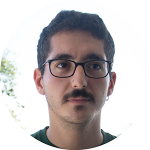 Fotis Fraggelakis, an Early Stage Researcher (ESR), will be the first PhD-candidate from the Laser4Fun project to defend his PhD-thesis. The public defense ceremony will take place on February 14th , 2019 at 9:30 am, in The amphitheater of IOA, the Institute d’Optique d’Aquitaine (IOA) at the Rue François Mitterrand 33400 Talence (France). Supervised by dr. Inka Manek-Hönninger and dr. John Lopez of the University of Bordeaux, carried out most of his work at Alphanov under the supervision of dr. Rainer Kling of Alphanov, amongst others. Below is an English and French summary of the work and results of Fotis.
Fotis Fraggelakis, an Early Stage Researcher (ESR), will be the first PhD-candidate from the Laser4Fun project to defend his PhD-thesis. The public defense ceremony will take place on February 14th , 2019 at 9:30 am, in The amphitheater of IOA, the Institute d’Optique d’Aquitaine (IOA) at the Rue François Mitterrand 33400 Talence (France). Supervised by dr. Inka Manek-Hönninger and dr. John Lopez of the University of Bordeaux, carried out most of his work at Alphanov under the supervision of dr. Rainer Kling of Alphanov, amongst others. Below is an English and French summary of the work and results of Fotis.
English summary
Current industrial markets demand highly value-added products offering new features at a low-cost. Among the most desired functionalities are, surface colouring and blackenning, anti-icing, anti-biofouling, wear reduction and anti-reflectivity. Functional textures found in nature indicate that those properties can be enable by textures in the micro and nanoscale. Laser surface processing holds a virtually endless potential in mimicking bio inspired textures by modifying surface morphology and chemistry. We investigate several techniques to achieve controlled laser structuring in the submicron regime such as polarization control and double pulse irradiation. Valuable data were provided both in the surface functionalization, in understanding and controlling of laser induced structuring and in upscaling a lab developed process. We believe that our results open the way for laser texturing exploitation in everyday applications exploiting up to date laser sources and positioning systems.
French summary
L’Industrie actuelle demande des produits à haute valeur ajoutée offrant des nouvelles fonctions à moindre coût telles que la coloration ou le noircissement de surface, la réduction des frottements, la génération de surface antiréflexion, antibactérienne, superhydrophobe ou anti-icing. Les surfaces fonctionnelles présentes dans la nature nous indiquent que ces propriétés uniques ne sont possibles par des texturations de surface à l’échelle micro et nanométrique adéquates. La technologie laser révolutionne le champ des possibles et permet de reproduire ces fonctions inspirées du monde du vivant en modifiant la morphologie et la chimie de surface. Nous avons étudié plusieurs techniques de texturation de surface par laser femtoseconde en jouant sur la polarisation et l’irradiation en double impulsion. Ces travaux de recherche apportent une contribution significative dans la compréhension des mécanismes et dans la capacité à produire de telles texturations sur des grandes surfaces
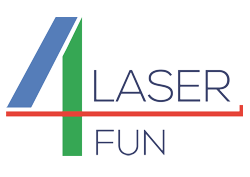
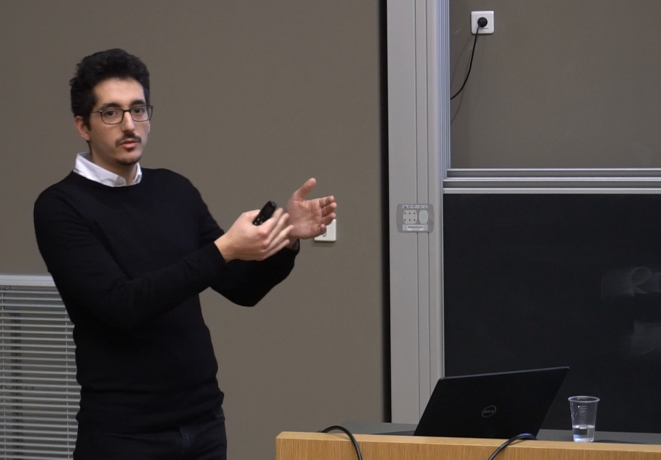
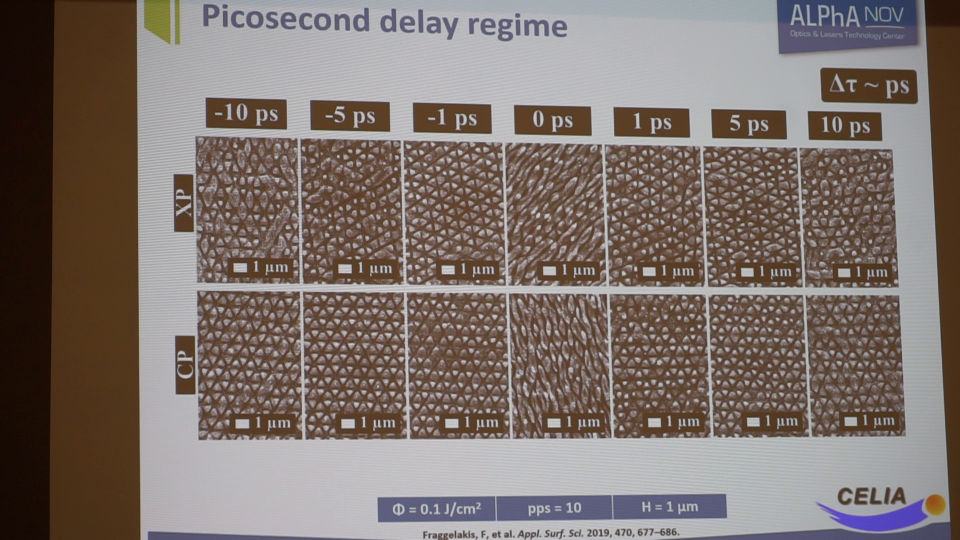
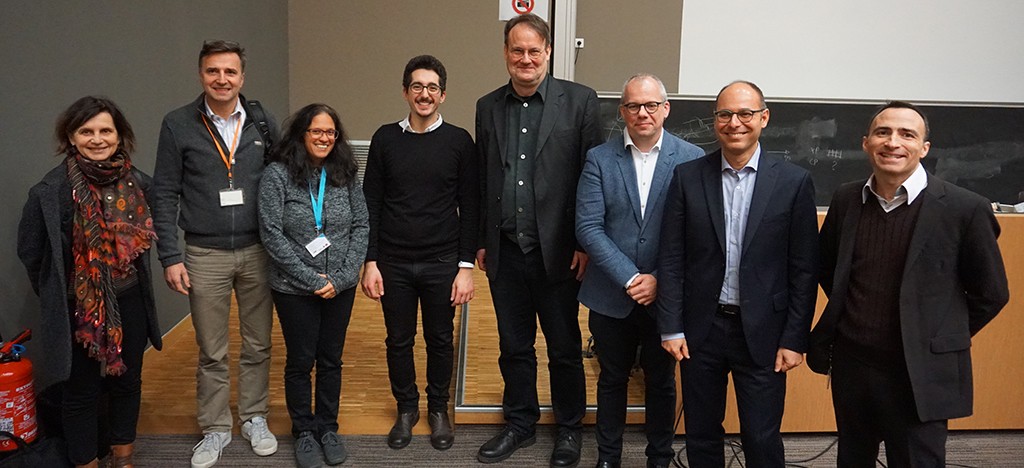
 Fotis Fraggelakis
Fotis Fraggelakis